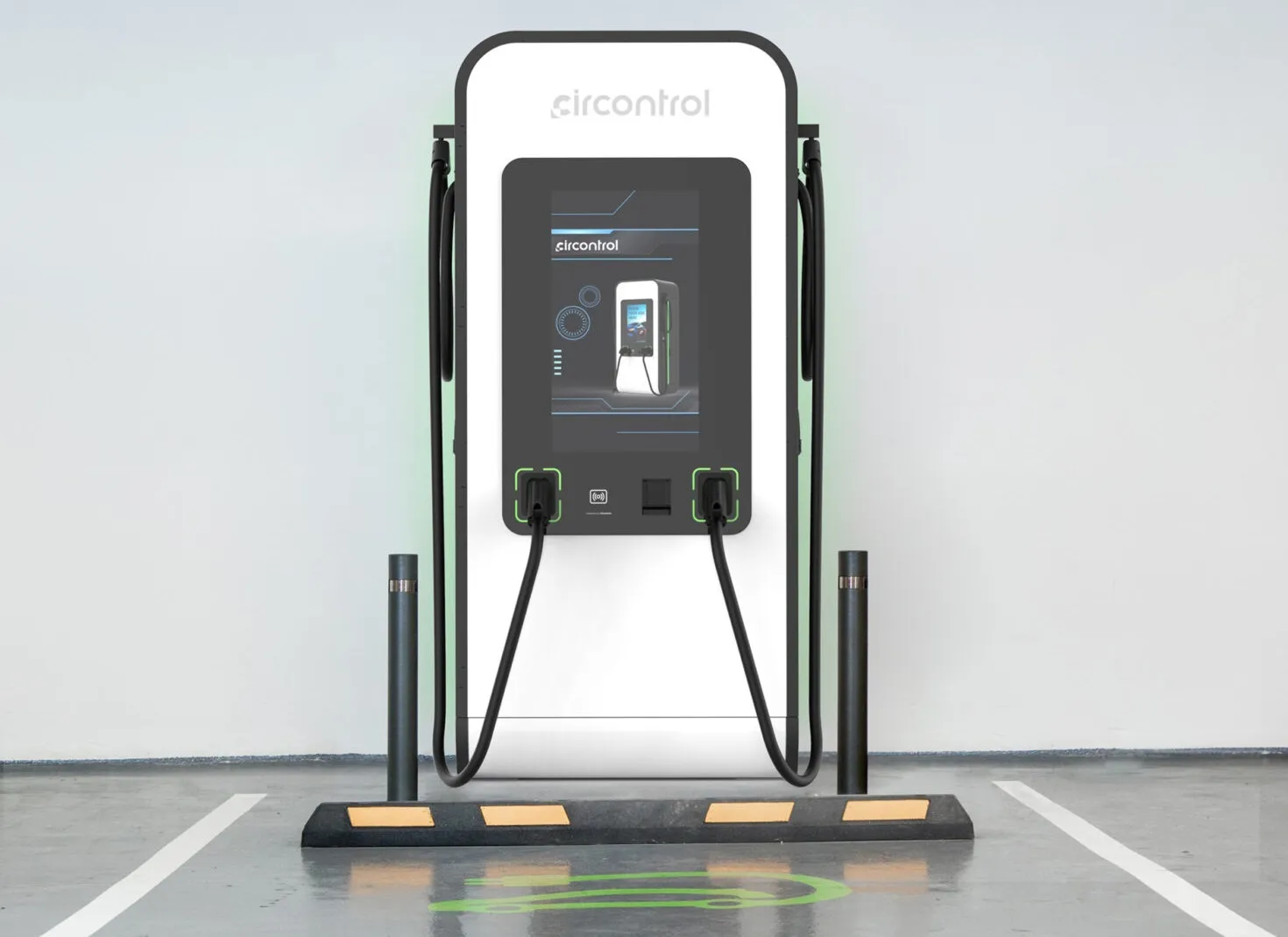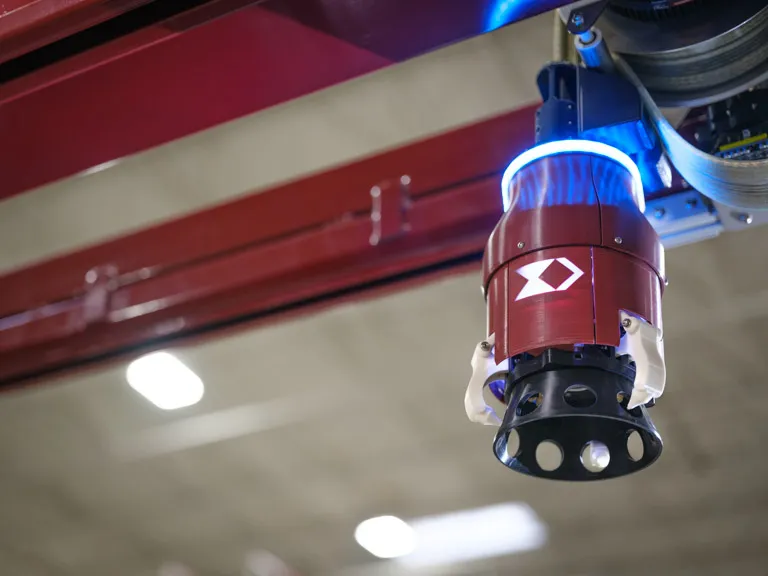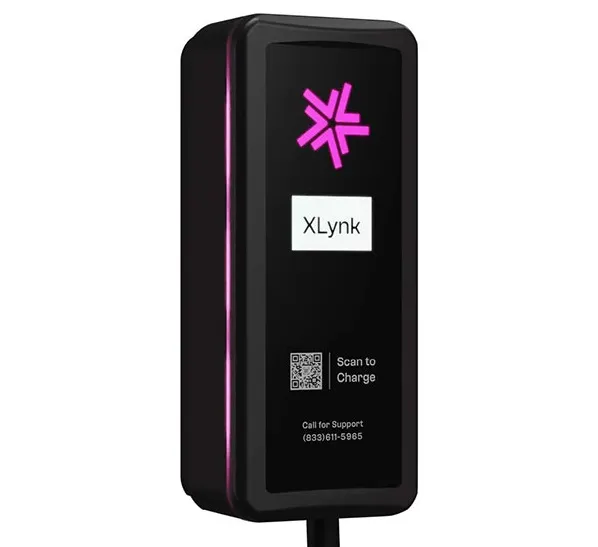
That is one of the main findings in a new report published by India-headquartered UnivDatos Markets Insights, which also says that Indian government initiatives will drive growth in the country's EV and EV equipment sectors. The analysis has been segmented into Type (Alternating Current (AC) {Level 1 and Level 2} and Direct Current (DC) {CHAdeMO, Combined Charging System (CCS), GB/T, and Others}); Application (Public and Private); Region/Country.
The EVSE market report has been aggregated by collecting informative data on various dynamics such as market drivers, restraints, and opportunities. This innovative report makes use of several analyses to get a closer outlook on the EVSE market. The report offers a detailed analysis of the latest industry developments and trending factors in the market that are influencing the market growth. Furthermore, this statistical market research repository examines and estimates the EVSE market at the global and regional levels.
Electric vehicle supply equipment (EVSE) is the basic unit of EV charging infrastructure. The EVSE accesses power from the local electricity supply and harnesses a control system and wired connection to safely charge EVs.
The global EVSE market is expected to witness a significant CAGR of around 12% during the forecast period owing to the increasing demand for electric vehicles and rising incentives and subsidies by governments across the world for mass adoption and domestic production of electric vehicles. For instance, the National Electric Mobility Mission Plan (NEMMP) and Faster Adoption and Manufacturing of Hybrid & Electric Vehicles in India (FAME I and II) helped create the initial interest and exposure for electric mobility. For instance, in phase two of FAME, the Indian government announced an outlay of US$1.4bn through 2022. Such government initiatives are expected to drive the growth of the electric vehicles and electric vehicle supply equipment market.









